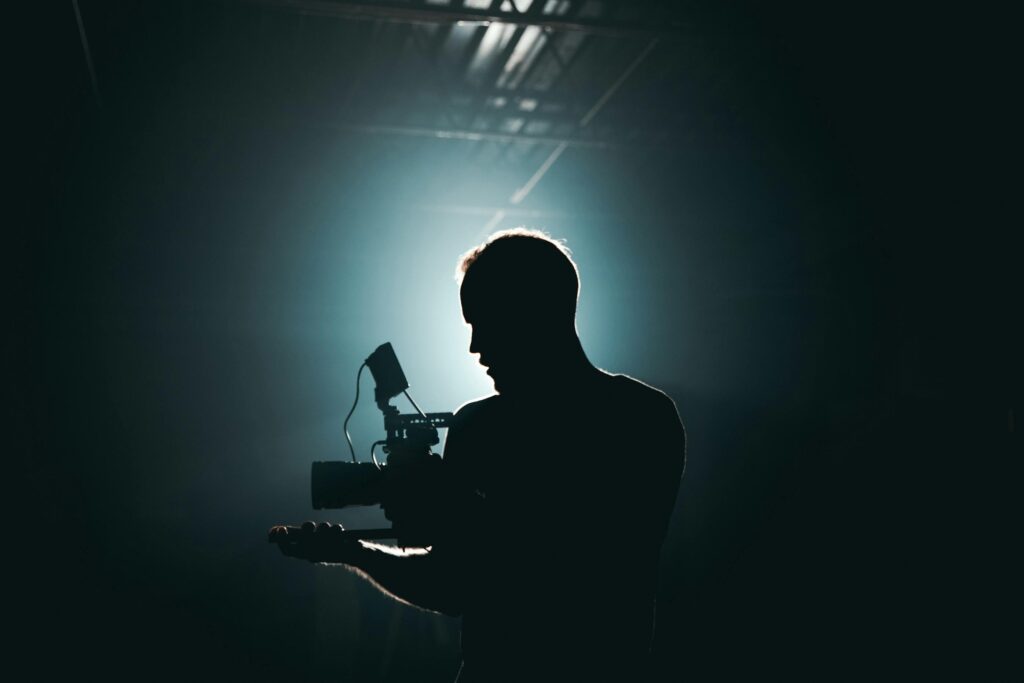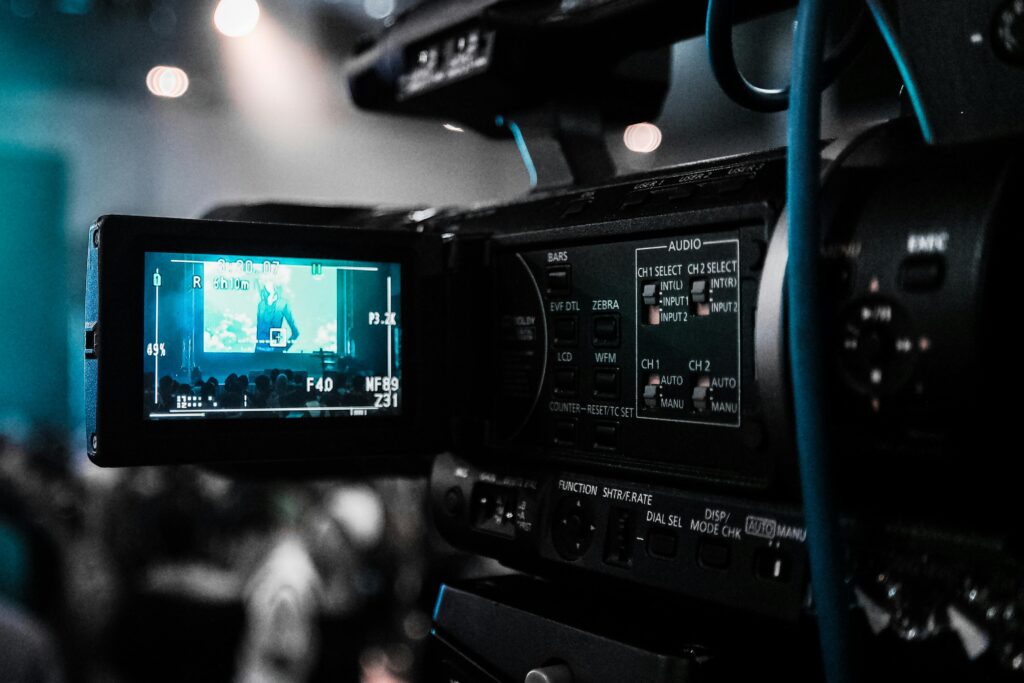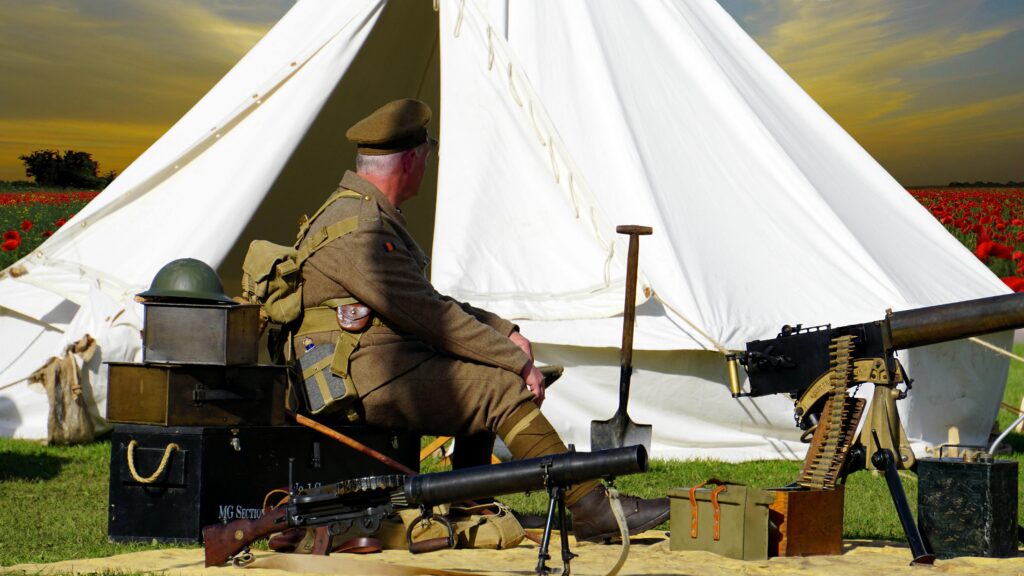In the realm of cinematography, the medium shot serves as a fundamental tool, striking a balance between close-ups and wide shots. This versatile framing captures subjects from the waist up, providing a clear view of facial expressions while maintaining contextual background elements. Understanding and effectively utilizing medium shots can significantly enhance storytelling by conveying emotions, relationships, and settings.
Understanding the Medium Shot
A medium shot, often referred to as a mid-shot or waist shot, frames the subject from approximately the waist to the head. This shot size is prevalent in film and television due to its ability to present characters in their environment without losing the intimacy of their expressions and body language.
Characteristics of Medium Shots
- Balanced Composition: Medium shots offer a harmonious blend of subject and background, allowing viewers to grasp the context of the scene while focusing on the character’s emotions.
- Versatility: Suitable for various scenarios, including dialogues, interviews, and action sequences, medium shots adapt to the narrative’s needs.
- Natural Perspective: This shot size mirrors human interactions, as we typically observe others from a similar distance, making it relatable and engaging for the audience.
Types of Medium Shots
Medium shots can be categorized based on the number of subjects and the framing technique:
Single Medium Shot
Focuses on one character, capturing their expressions and body language while including enough background to provide context.
Two-Shot
Encompasses two subjects within the frame, often used to depict interactions or relationships between characters. This framing is common in conversational scenes, allowing viewers to observe both participants simultaneously.
Over-the-Shoulder Shot
Frames one subject from behind the shoulder of another, commonly used in dialogues to establish spatial relationships and perspectives.
Applications of Medium Shots in Filmmaking
Medium shots are employed in various contexts to serve specific storytelling purposes:
Dialogue Scenes
In conversations, medium shots capture both participants, showcasing their facial expressions and body language, which are crucial for conveying subtext and emotions.
Action Sequences
During action scenes, medium shots provide a clear view of the subject’s movements and reactions while maintaining enough background to contextualize the action.
Group Dynamics
When depicting group interactions, medium shots can frame multiple characters, illustrating relationships and dynamics within the group.
Techniques for Effective Medium Shots
To maximize the impact of medium shots, filmmakers can employ various techniques:
Camera Movements
- Tracking Shots: Moving the camera alongside the subject adds dynamism and maintains engagement.
- Tilt and Pan: Tilting or panning can reveal information gradually, building anticipation or emphasizing elements within the scene.
Focus and Depth
- Deep Focus: Keeping both the subject and background in focus establishes a connection between them, enriching the narrative.
- Shallow Focus: Blurring the background isolates the subject, drawing attention to their emotions or actions.
Examples of Medium Shots in Film
Analyzing medium shots in notable films can provide insights into their effective use:
“The Hunger Games”
Director Gary Ross utilizes medium shots to capture the protagonists’ confusion and emotional turmoil upon learning they must face each other in the arena. This framing allows viewers to observe their facial expressions and body language, enhancing the scene’s emotional depth.
“Jurassic Park”
Steven Spielberg employs medium shots to balance character interactions with the grandeur of the prehistoric setting. This approach immerses the audience in the characters’ experiences while showcasing the film’s expansive environment.
“Lost in Translation”
Sofia Coppola uses medium shots to depict the growing intimacy between the main characters. The framing captures subtle gestures and expressions, conveying the nuances of their relationship without overt exposition.
Common Questions About Medium Shots
Filmmakers and enthusiasts often have queries regarding medium shots. Here are some frequently asked questions:
What is the primary purpose of a medium shot?
A medium shot aims to balance the subject and their surroundings, providing enough detail to capture expressions and body language while maintaining contextual background elements.
How does a medium shot differ from a close-up?
While a close-up focuses tightly on a subject, often framing just the face, a medium shot includes more of the subject’s body and surroundings, offering a broader context.
When should a filmmaker use a medium shot?
Medium shots are ideal for scenes requiring a balance between character detail and environmental context, such as dialogues, group interactions, and certain action sequences.
Can medium shots be used in combination with other shot types?
Yes, medium shots often serve as transitional frames between wide shots and close-ups, providing a visual bridge that maintains narrative continuity.
What are some variations of medium shots?
Variations include the medium close-up (framing from the chest up) and the medium long shot (framing from the knees up), each serving different narrative purposes.
Conclusion
Mastering the use of medium shots is essential for filmmakers aiming to create engaging and emotionally resonant narratives. By effectively balancing character detail with environmental context, medium shots serve as a versatile tool in visual storytelling. Aspiring filmmakers should study and practice various applications of medium shots to enhance their cinematic language and storytelling capabilities.
For further reading on shot sizes and their applications, consider exploring resources such as StudioBinder’s guide on medium shots and Adobe’s insights into medium shots.


